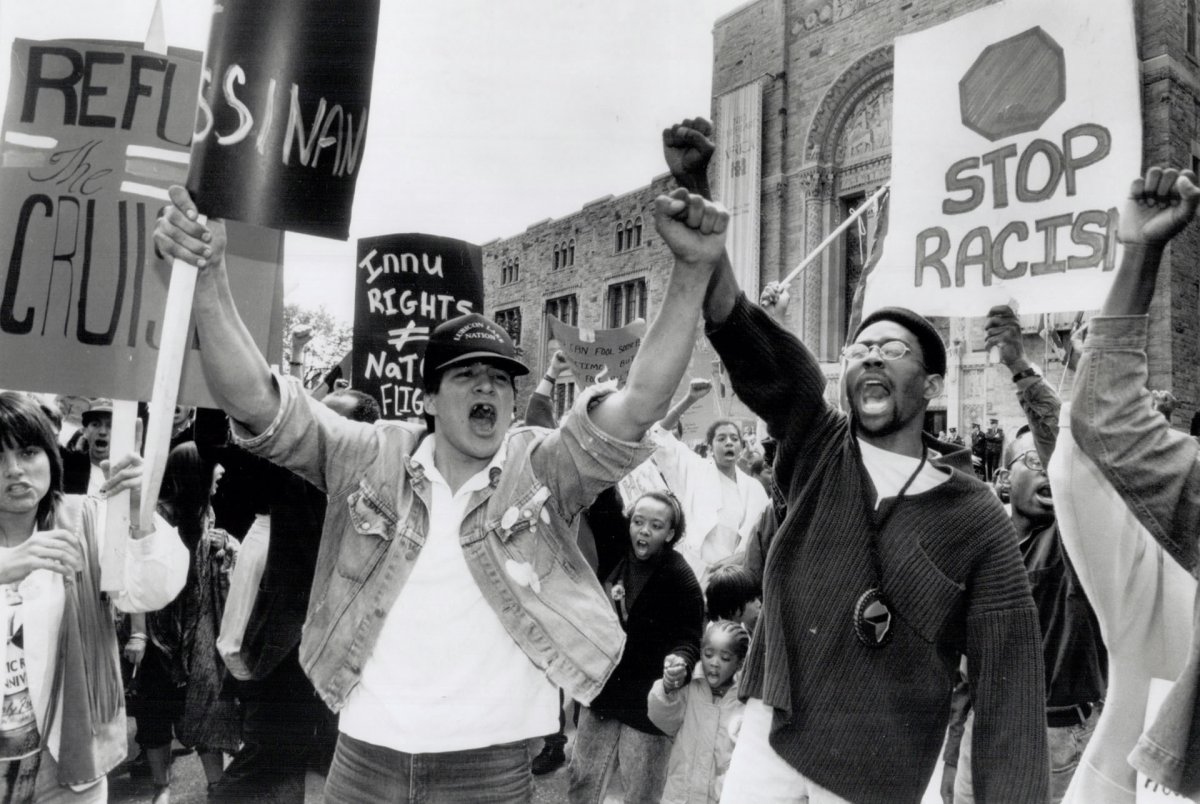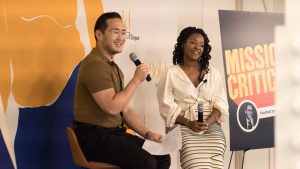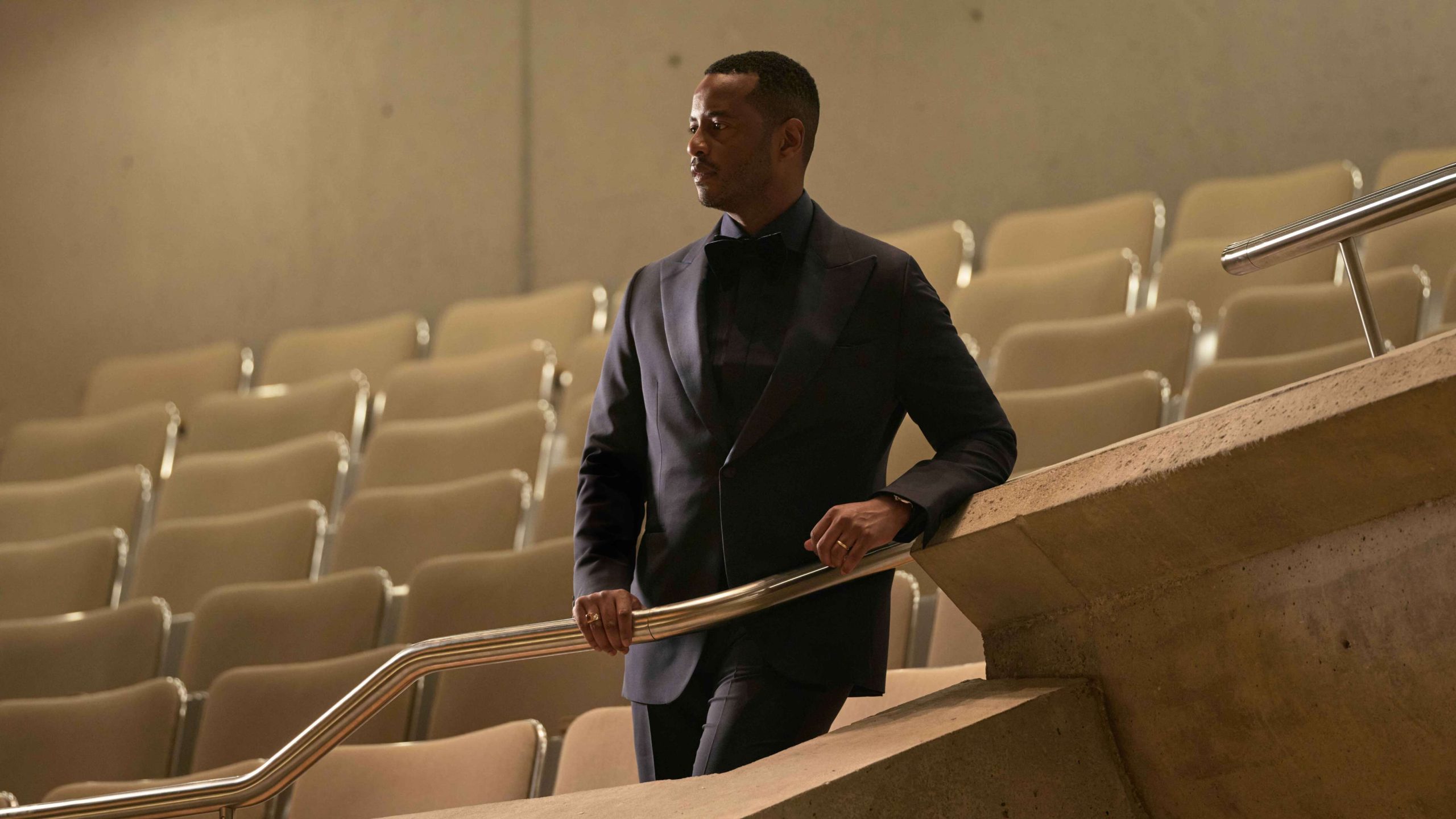In this op-ed, Josh Dyer (Director of Marketing, Myseum of Toronto) shares his thoughts on keeping up the momentum beyond Black History Month through representation in leadership.
As we are all aware, the events of last year pertaining to anti-Black racism, brought about some difficult and necessary conversations. These issues were not new but as history has proven, again and again, humans are not great at fixing things until they are utterly, dangerously, and almost irreparably broken. With the events of 2020 so fresh in our minds, this Black History Month (and the many ahead of us) should look different from those that came before.
But the question that has existed since the murder of George Floyd brought these issues to the forefront of our lives, and our smartphone screens, is: How can we all keep up this momentum? How can we keep the floodgates open and not return to a place of complacency? Now that the black squares are buried far down in our feeds, the hashtags have lost steam, how can we not only continue the conversation but move toward more tangible and lasting change in all aspects of our lives?
An area that is particularly important to me is that of arts and culture. As a Black person having worked in that sector for the past five years, I’m concerned about how BIPOCs are represented in our industry. On one hand, I’m seeing many artists and creators developing and sharing culturally relevant and inclusive content, some of which I referenced in my recent opinion piece on Black and diverse histories on social media. On the other hand, we’re missing a lot of that representation and inclusivity from the longstanding art and culture institutions, for which it should be their civic duty.
I’ve been disheartened to see other industries, such as banks and sportswear retailers, adopting change in these areas quicker than museums. Many arts institutions faced their reckonings last year, and now have to address not only their current practices—from hiring and corporate culture to programming and curating—but also their colonial pasts, which are often ingrained into their very existence.
What it really comes down to for all institutions and sectors is representation in leadership. I recently had the honour of hosting a panel discussion for Black History Month, presented by The Honourable Elizabeth Dowdeswell, Lieutenant Governor of Ontario. I spoke with three Black women in leadership roles at major Ontario arts institutions—Gaëtane Verna, Director, The Power Plant Contemporary Art Gallery; Shelley Falconer, President and CEO, Art Gallery of Hamilton; and Karen Carter, Executive Director, MacLaren Art Centre—about Black leadership in the arts and culture sectors. A few key topics came up that I think will be helpful in addressing the need for greater diversity and representation in leadership roles, no matter what sector you work in.
Barriers to Entry
There can’t be diversity in leadership in any industry if people from racialized communities face barriers just to get their start in entry-level positions. Museums have long been viewed as intimidating and unwelcoming spaces by BIPOC communities. Former First Lady Michelle Obama even acknowledged this during an address at the Whitney Museum in 2015 as she stated, “there are so many kids in this country who look at places like museums… and they think to themselves, well, that’s not a place for someone who looks like me.” During our talk, Falconer noted that the pipeline that produces museum professionals—universities and art programs—is overwhelmingly white and not made widely accessible to BIPOC communities. We also discussed the current gatekeepers to Canada’s art and culture institutions, and that hiring practices must be reformed so that those in the positions to choose who represents their institutions are ensuring to check their own biases.
RELATED: 6 Startups That Are Hardcoding Diversity Into Today’s Leading Companies
Internal Climates
As we can see from these inspiring women I’ve mentioned, and through organizations like the Indigenous Curatorial Collective and Black Curators Forum, there are people of colour breaking through into these coveted roles historically reserved for white people. But what happens once they are in and facing a climate that might not have yet evolved to meet its hiring practices? Often—met with more skepticism, higher standards, less assumed trust, and less freedom to inflict change than their white counterparts—people of colour are placed in a position where they must work twice as hard for the same recognition.
Addressing Colonial Natures
I would be remiss not to mention the colonial paradigm that museums exist within. The vast majority of these institutions were born out of an imperialist perspective. The collections that are full of stolen items, the communities that have been exploited for emotional and intellectual labour, and the disrespectful ways these communities have been represented in art and programming are all issues to be addressed. The conversation about decolonizing museums, and other types of institutions that have benefited from these behaviours and attitudes, is a much larger and layered one. In our panel discussion, we all agreed that both the concept and purpose of museums need to be reimagined completely to be more centered around the communities it serves and works with.
The Role of Our Sector
At Myseum, we believe that museums cannot claim neutrality. It is our role to be participatory and active; working in partnership with and for diverse communities, and standing up for those communities about past and present injustice. We need to listen to their stories, learn from their struggles, and work together to uproot the deep-seated inequities that continue to exist in our society.
RELATED: How Serena Williams is Filling the Gap for Black Women Entrepreneurs
So, how do we keep up the momentum and ensure that all the strides we’ve made so far aren’t lost? We keep making space for Black people and Black stories; we keep having the hard conversations and asking questions about things we don’t understand; we don’t assume that just because something is the way it’s always been that it is right; we recognize that our commitment to equality is not just a sprint or even a marathon, it’s a lifelong journey, and one we should all be grateful to be on.













